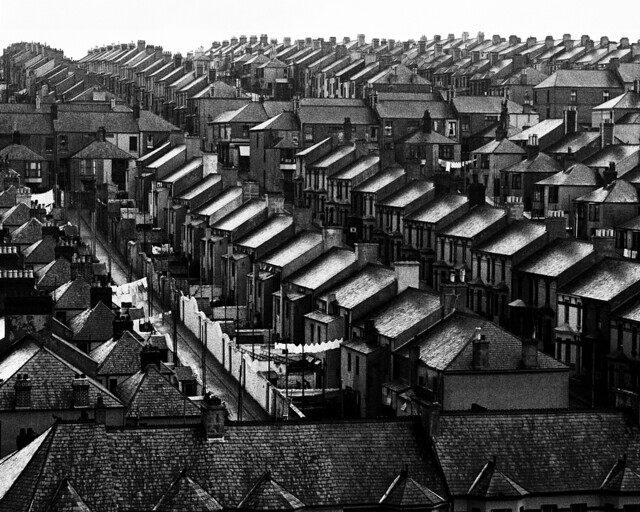We could describe Bill Brandt as the photographer who denied himself, as the artist in the laboratory, or as the ultimate exponent of the beauty of the imperfect. All these statements fit with this author who is considered one of the founders of modern photography.
If you still don't know his work, it will fascinate you.
BIOGRAPHY OF BILL BRANDT
Son of a British father and a German mother, he was born in Hamburg on May 3, 1904 under the name of Hermann Wilhelm Brandt, into a wealthy family of Russian origin.
When I was 10 years old, the First World War broke out. He was educated largely in Vienna, although as a student of Fine Arts. When he fell ill with tuberculosis, he entered a sanatorium in Davos, Switzerland.
During this period he became even more interested in photography, as well as delving into literature, reading Dostoevsky, Flaubert, Kafka, Guy de Maupassant, Dickens and Hemingway; and learn painting. He delved into the study of composition, lighting and awakened a sensitivity that would mark his career.
On a trip to Austria for medical reasons, he began working with portrait artist Grete Kolliner, from whom he learned retouching and lighting. It was in Vienna that she met the poet Ezra Pound and drew his portrait.
As a result of this portrait, Ezra Pound himself introduced him to the photographer Man Ray, for whom he ended up working as an assistant in Paris in 1929. Brandt was only 25 years old and was beginning to make history in photography.
At this time he was greatly influenced by both Ray and Kertész or Atget and surrealism, a time marked by publications and photographic exhibitions that he took advantage of to walk the streets of Paris and travel around Europe.
After four years in Paris he settled in London. Renouncing his German ancestry, and fleeing from everything that had to do with the Nazism that had erupted in his native country, he changed his name to Bill and presented himself to the English as just another British citizen, since the Germans did not receive the same deal.
There his uncle introduced him to British high society, which he photographed in contrast to the miners and the underclass, still not recovered from the First World War and about to plunge into the Second.
During the 1930s he published his first monographs as a result of his personal projects in which the contrast of social classes predominates.
And the war came. Some of his most significant reporting arose from his commission to portray the ravages of World War II and the extreme conditions that were created. Two of his best-known series arose from here: the photographs of the subway converted into a refuge for Londoners, and the city in the dark and deserted at night, to avoid bombing.
After the war, Brandt began a long exploration of the female nude, transforming the body through the angle and frame of the camera lens.
In this decade of the 1940s, in addition to collaborating with the illustrated press in magazines such as Picture Post , Lilliput , Weekly Illustrated and Verve , he devoted himself to portraiture and self-portrait and also immersed himself in landscapes, but without ceasing to photograph the social contrasts that so much they continued to annoy him.
In 1961 he published the book Perspective of nudes ('Nude Perspective').
For the next few years he focused on artist portraits until he passed away in 1983 in London.
CONSTRUCTION SITE
Influenced by surrealism, literature and painting, if there is an adjective to assign to the work of Bill Brandt, it is not exactly ordinary, normal, conformist or condescending.
Bill Brand was not afraid to go against the grain, provoke, change or break the rules. Anything was worth it if it served to achieve his photographic objective.
For example, his street photography is far from the decisive moment of Cartier-Bresson. He would set her up and create the scene just as he had envisioned it in her head.
He did the same with the negatives, he had no qualms about working in the laboratory to obtain the desired result, applying various techniques in which he became an expert.
Only the enlargement allows me to finish my composition work. I don't see why it would alter the truth of the photo.
Bill Brandt
That is why he himself positiveized his images. Probably now he would be a staunch defender of digital retouching , so far from the purists of what the photo is taken in the camera and if not it is not photography.
In fact, of some of his most iconic photographs there are different versions from different times, all by Bill Brandt.
To understand Brandt's work, it is necessary to do it from a psychological perspective because, beyond the influence of his teacher Man Ray or the work of Atget or Brassaï , this is marked by his own internal conflict.
His photographs are disturbing, challenging, provocative, they escape from conventions just as he escaped from his own nationality, denying his German origin for being against Nazism; even going so far as to deny his own name and change it to a much more British one, Bill.
A conflict of this nature cannot magically disappear. Somehow it has to explode and in the case of Brandt it does so through his images, creating a unique universe of his own, far removed from usual conventions and perspectives.
Bill Brandt turns that inner darkness into a unique stamp and transforms it into beauty. He is capable of turning the imperfect into beautiful, the disturbing into attractive.
His mastery of composition is evident, but he also knows how to use optics to his advantage to create unique and impressive images, full of distortions that only reinforce his unique vision of the world.
A photographer must possess and preserve the receptive faculties of a child looking at the world for the first time.
Bill Brandt
BILL BRANDT NUDES
Nudes are very present in Brandt's work. They are erotic and sensual. elegant. With a wonderful composition, in connection with the environment.
His nudes on the beach connect the bodies with the rocks, almost achieving a dreamlike landscape. In many of them you can feel the texture of the skin. In addition to textures, geometries and abstraction are appreciated.
Look at this photograph. Don't you feel as if you could touch the skin?
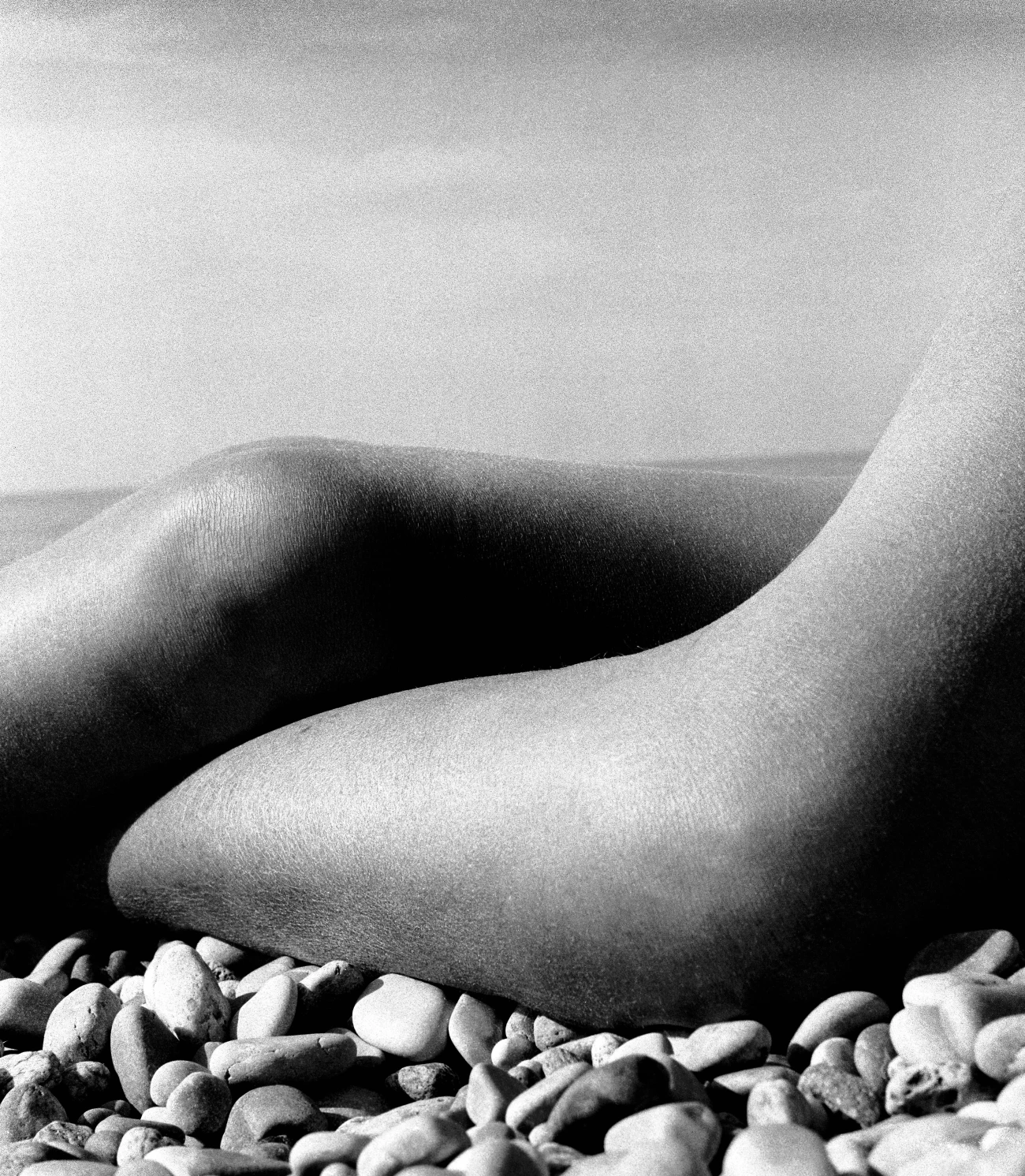
Another type of nudes are those that he does with a wide angle, causing an evident distortion, but it is not the only thing that characterizes them, rather they boast a great depth of field and the point of view from which he photographs the bodies immerses the viewer in the scene.
You cannot be oblivious to a nude by Bill Brandt. It catches you, it swallows you.
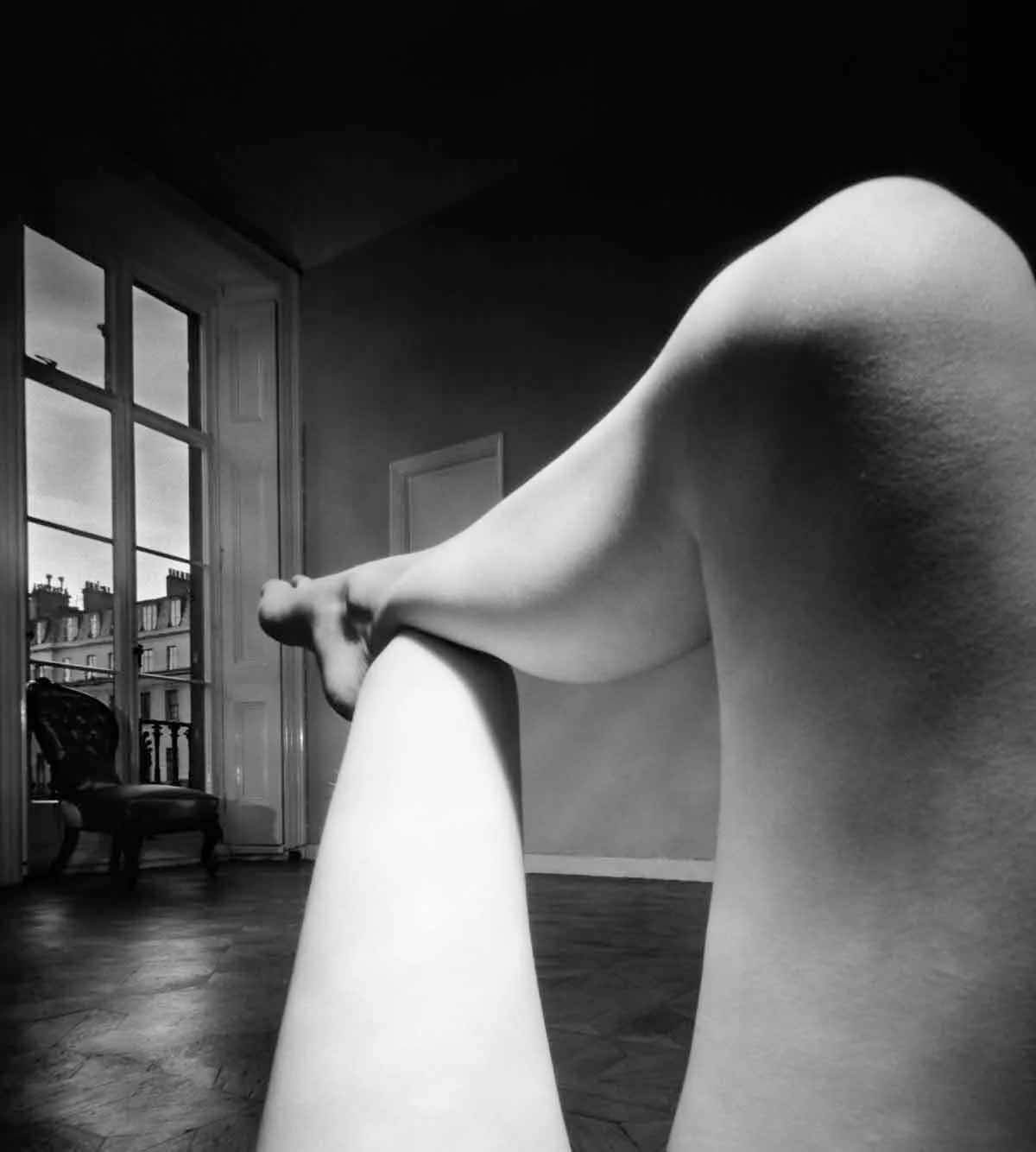
BILL BRANDT AND THE PORTRAITS
Although the portrait and the self-portrait are present throughout his life, it was during the 1960s that he focused more on himself and portrayed artists and writers, among other characters, in photographs loaded with symbolism, with surreal touches and breaking all the rules.
Picasso, Francis Bacon or Miró are some of the faces that he psychoanalyzes with his camera and wraps in their own context.
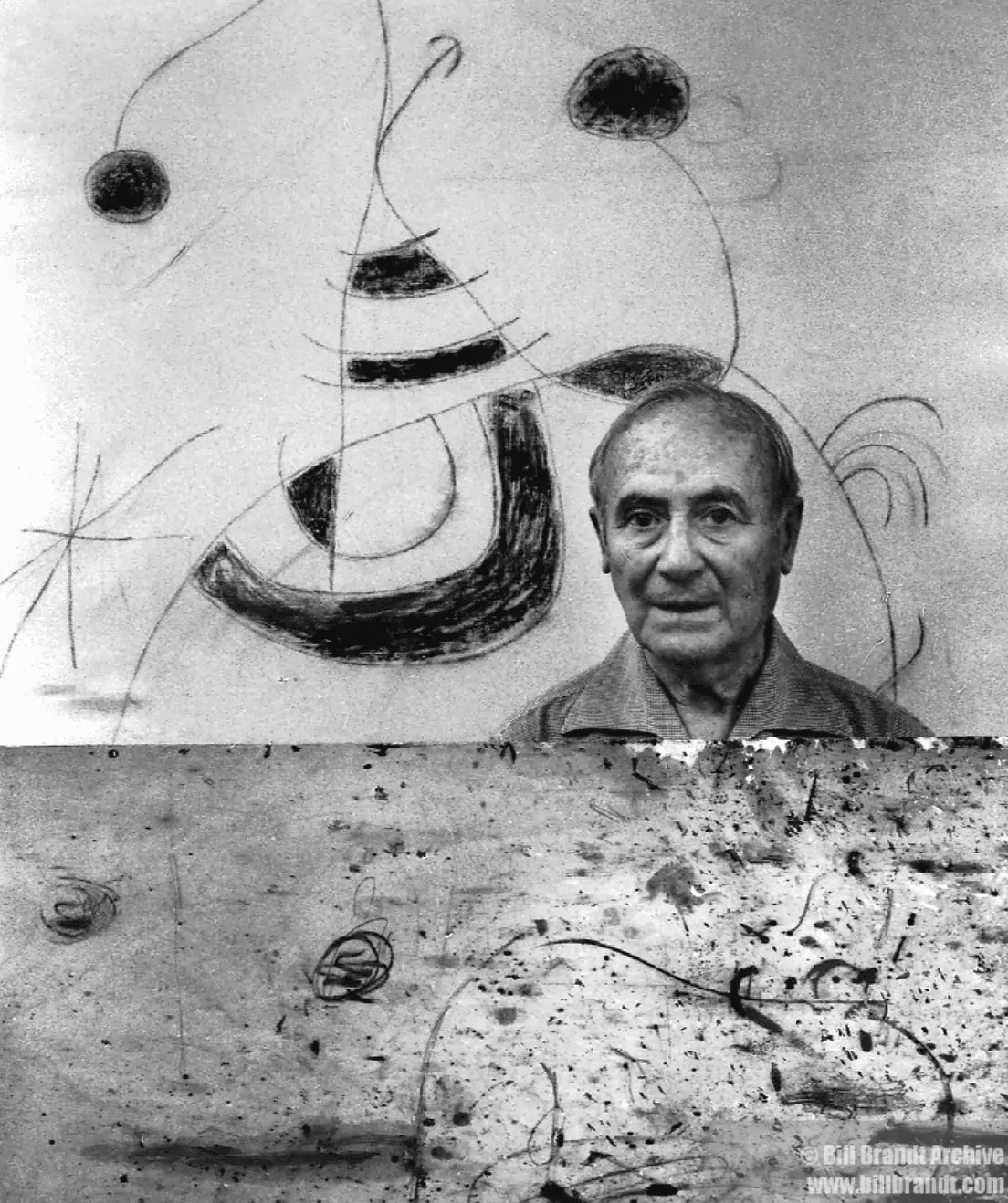
I believe that a good portrait should express something of the person's past and give a glimpse of their future.
Bill Brandt
BILL BRANDT'S LANDSCAPES
As with the portraits where he not only photographs a face but a soul, a personality, with the landscapes he does something similar again.
I don't want to just represent a place, but to capture its spirit.
Bill Brandt
With this quote he makes it clear that he does not intend to photograph an idyllic scene or landscape, he tries to capture the atmosphere, the essence of the place. He makes emotional landscapes .
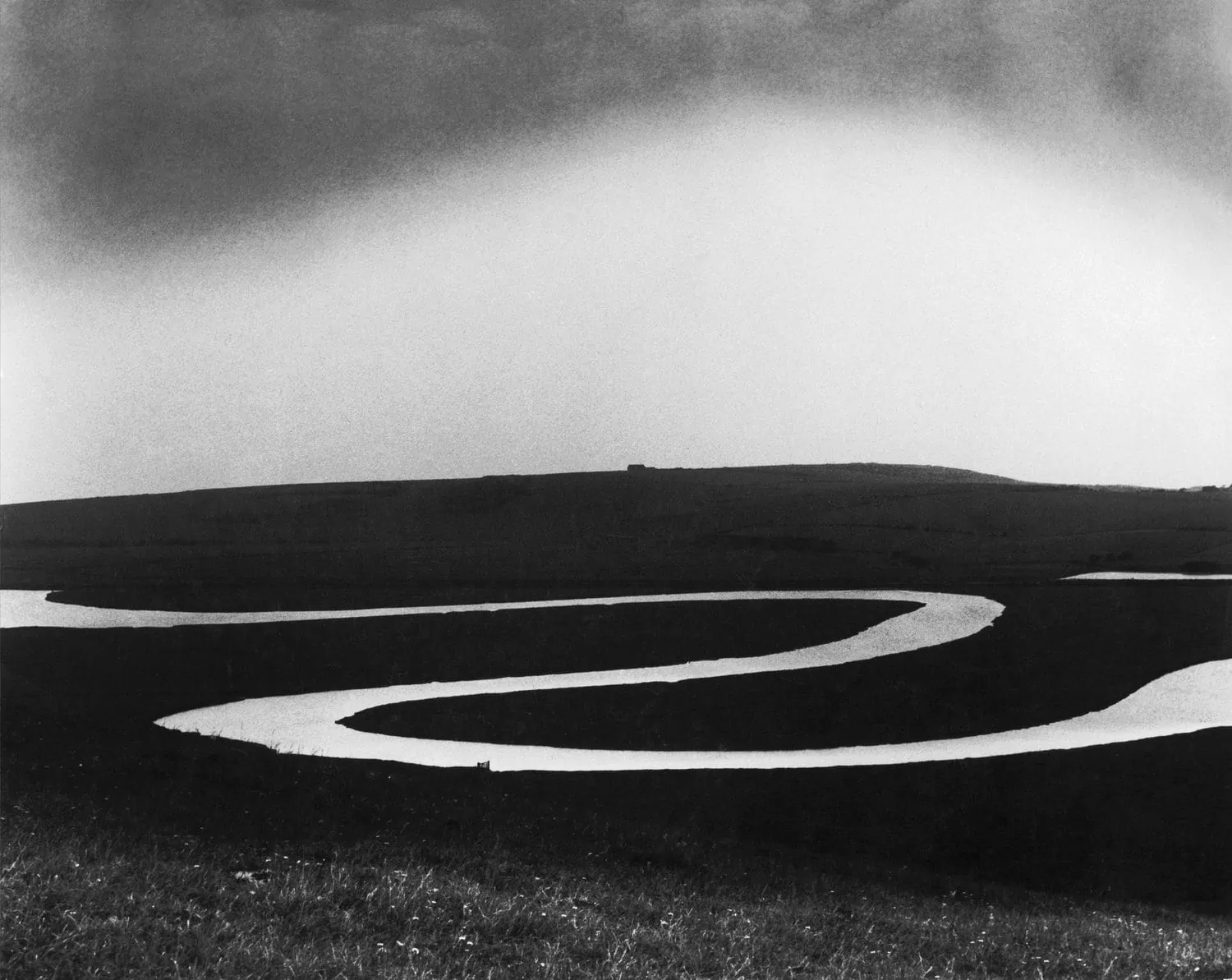
In addition to these three genres, documentary photographs or social reportage that reflect the contrast of classes in British society also stand out in Brandt's work.
BILL BRANDT EXHIBITION
During the summer of 2021, the Mapfre Foundation, in Barcelona , hosted an exhibition of 186 positive images by the English photographer.
This was divided into six sections: «First photographs», «Above and below», «Portraits», «Landscapes described», «Nudes» and «In praise of imperfection».
Here is a brief video summary of this exhibition. In addition, there is a catalog where the exhibited images are collected.
And speaking of exhibitions, hereYou can see a sample of the catalog of the one they did at the MoMA in New York in 2013.
PHOTOS BY BILL BRANDT
Next, I leave you with some of the best known or most representative photos of Bill Brandt's photographic work:
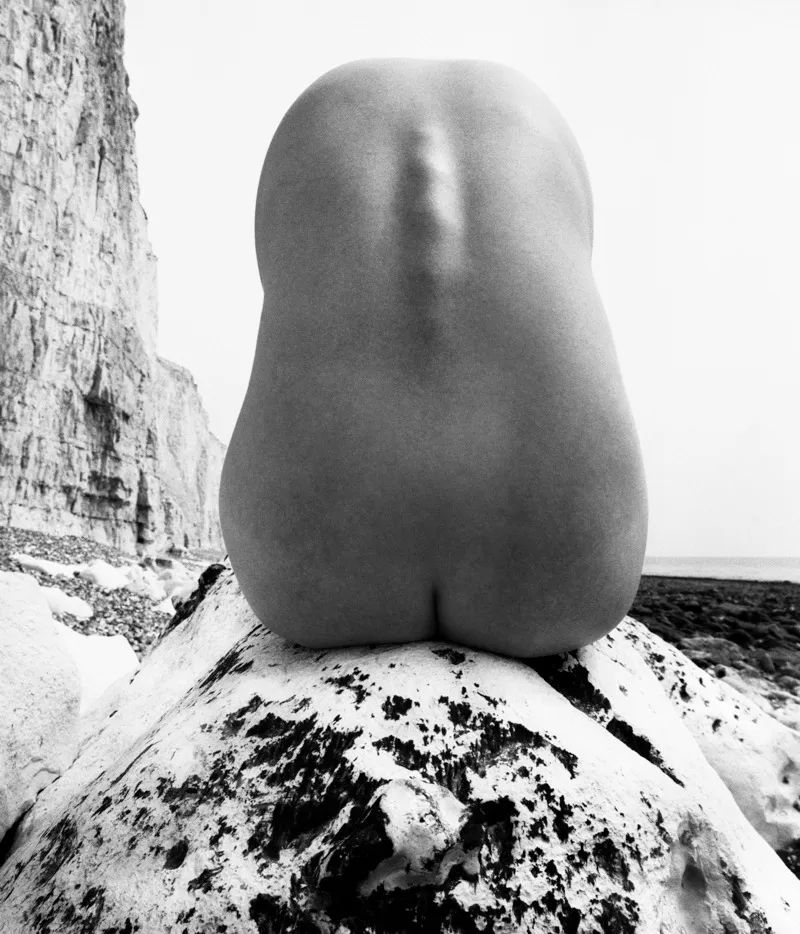
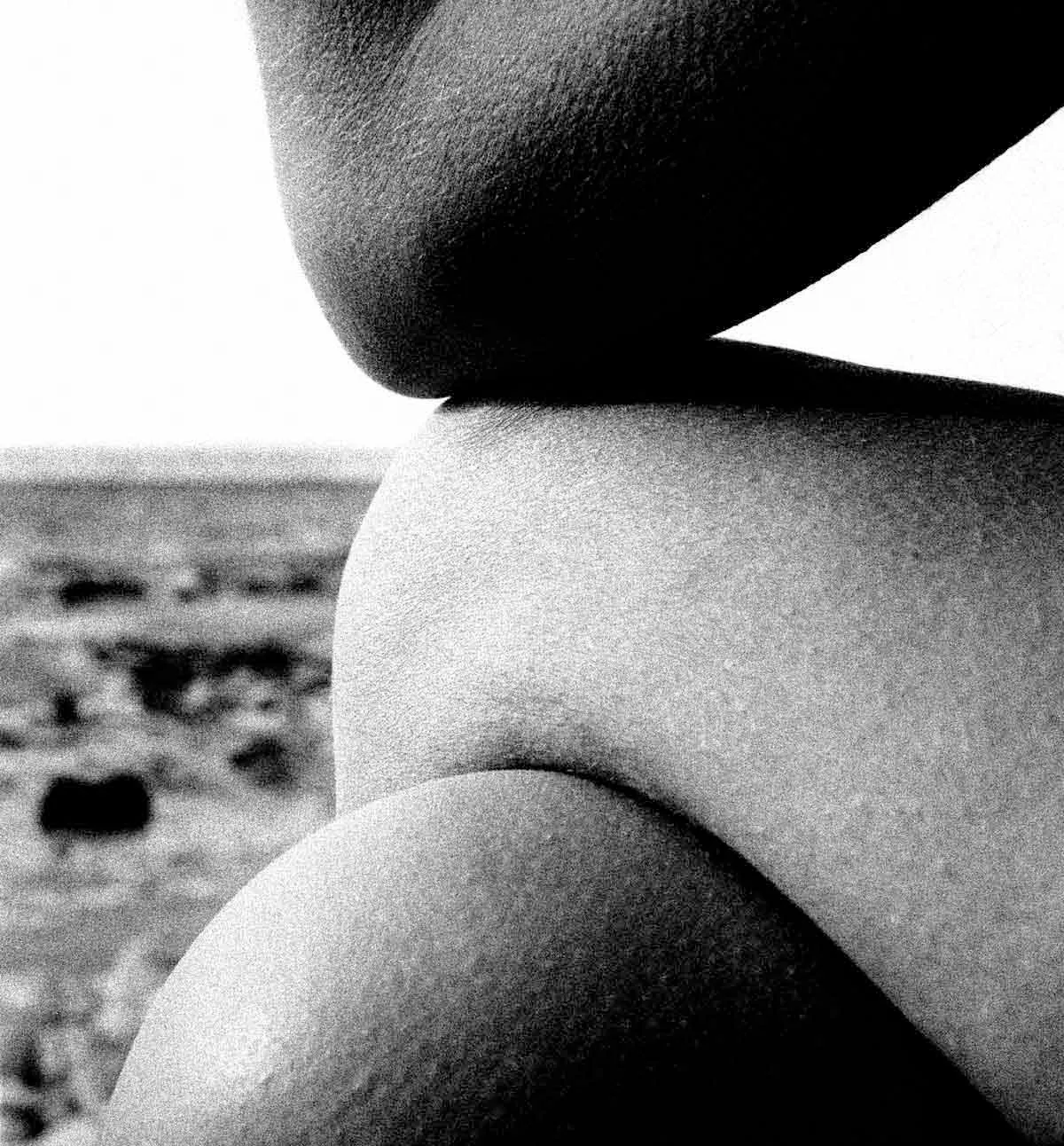
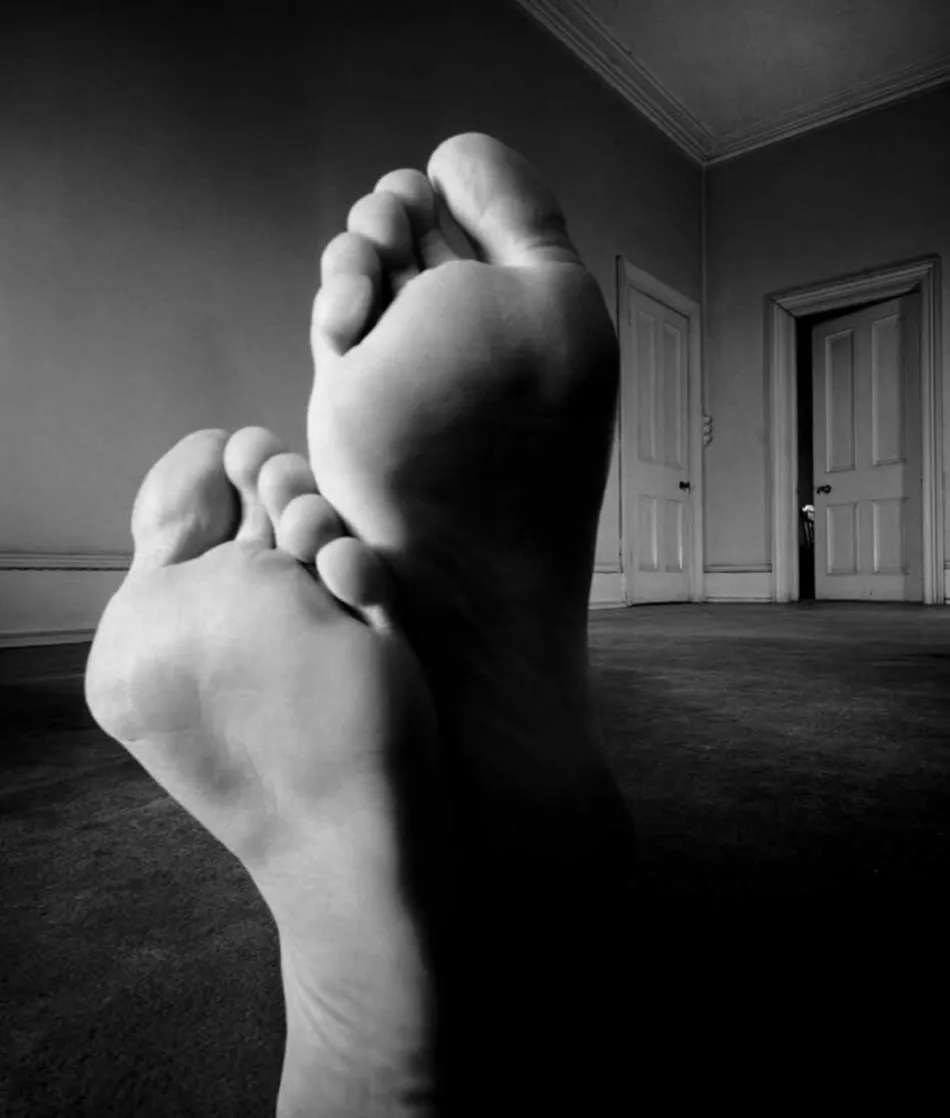
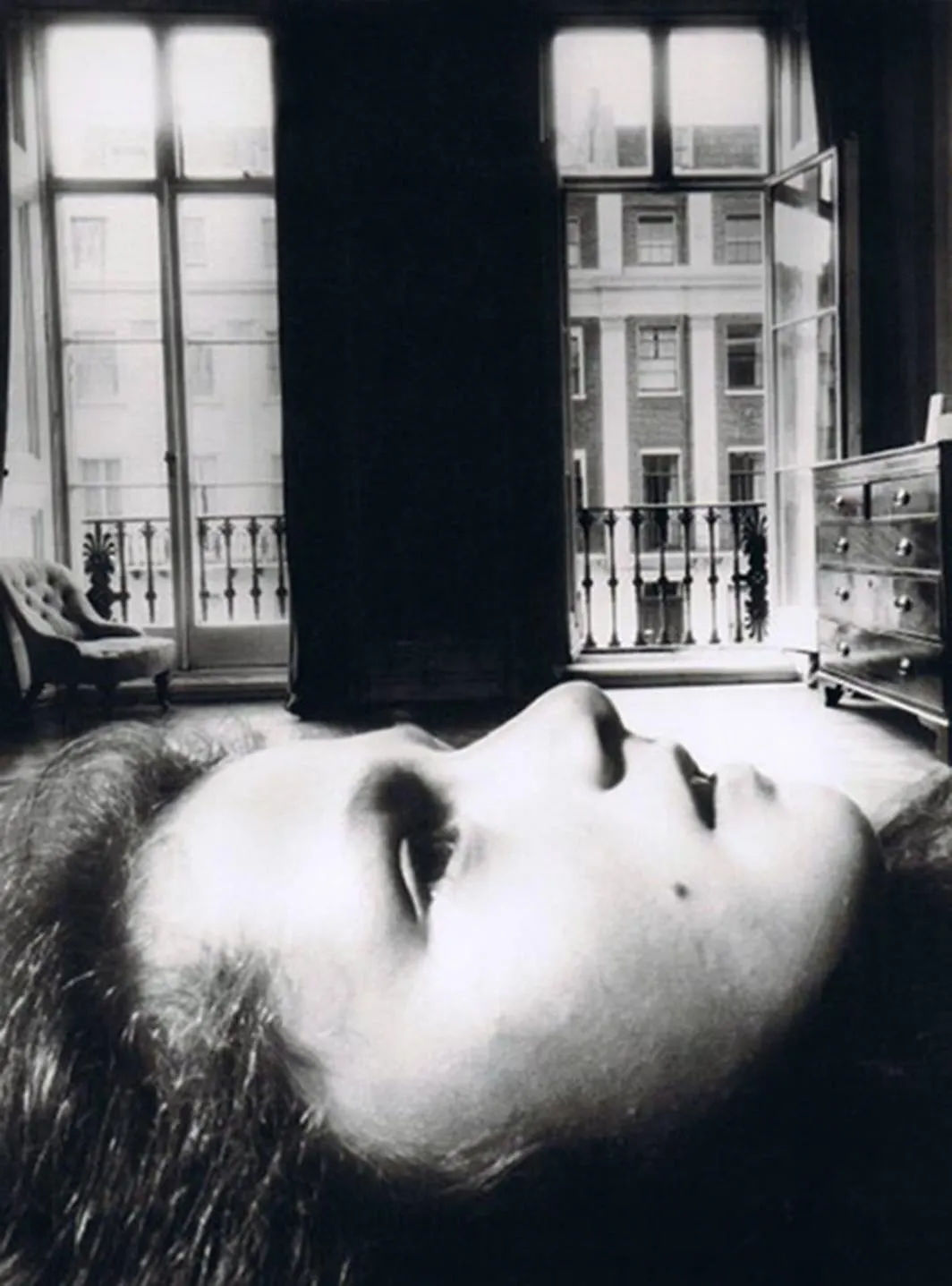
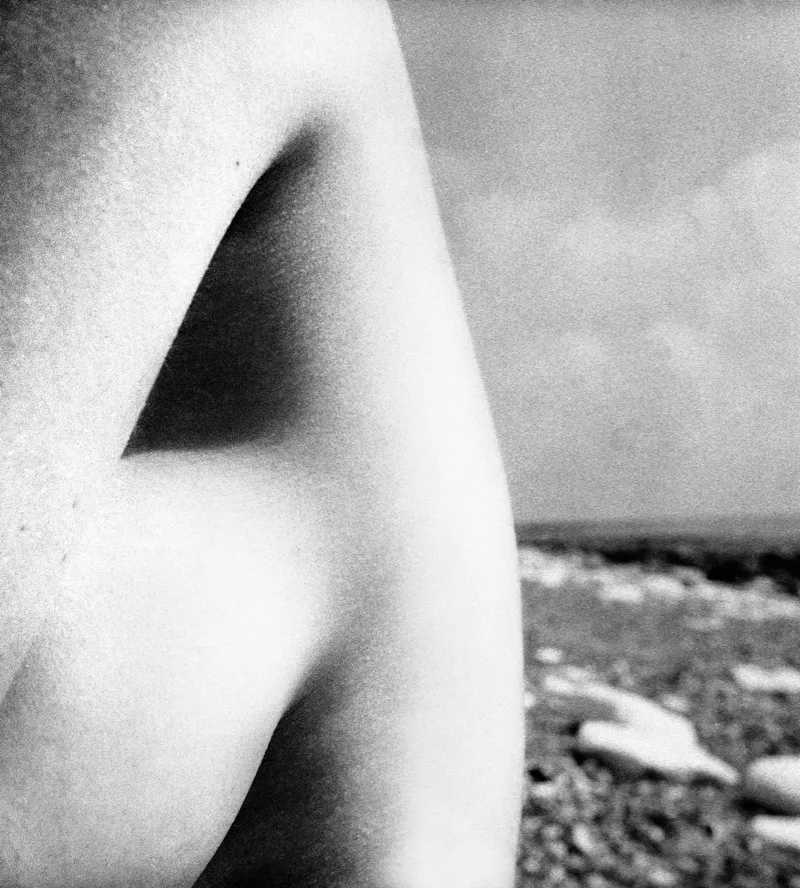
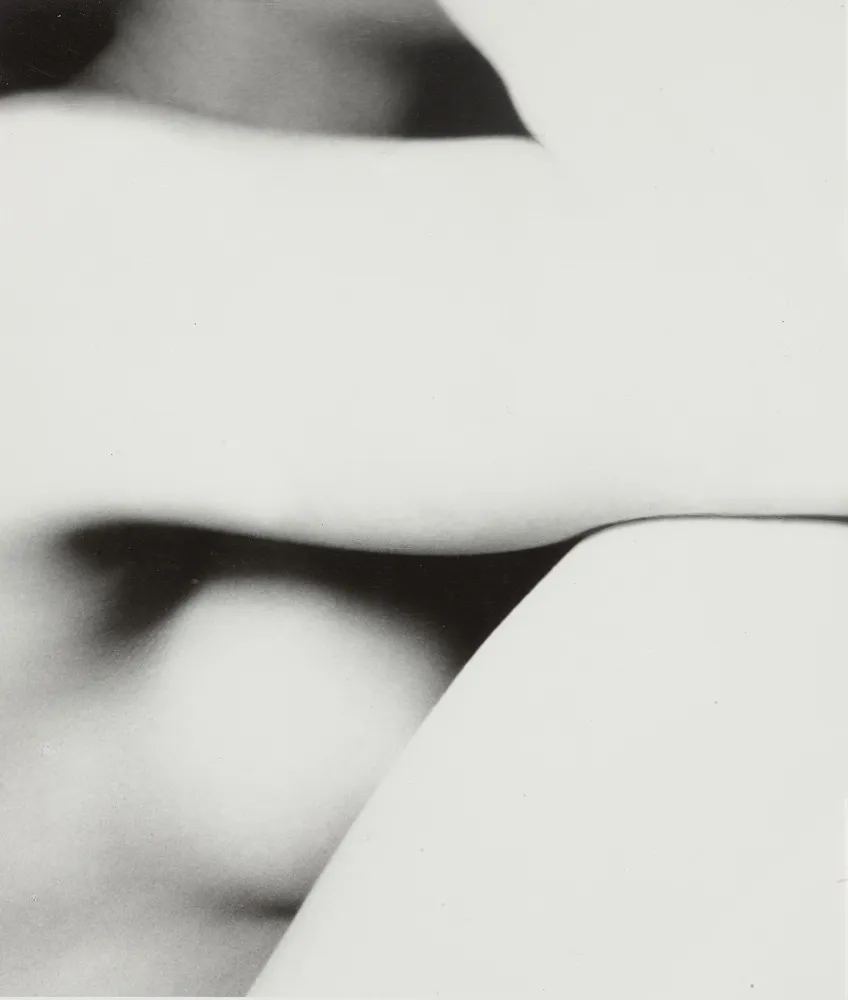
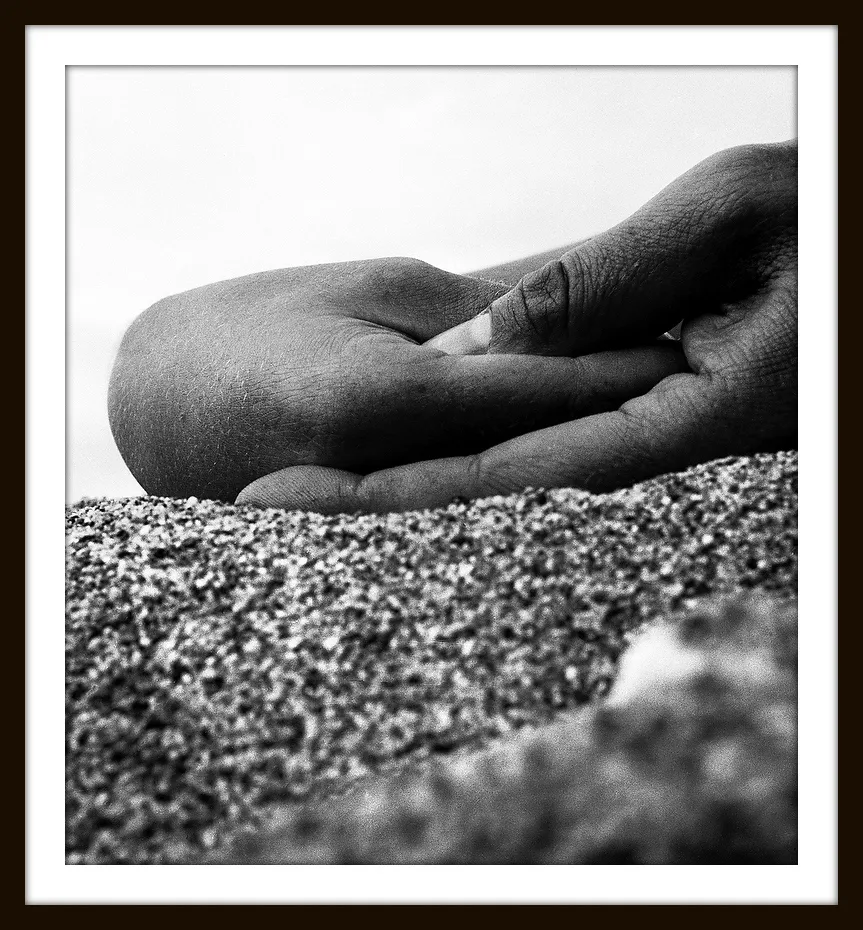
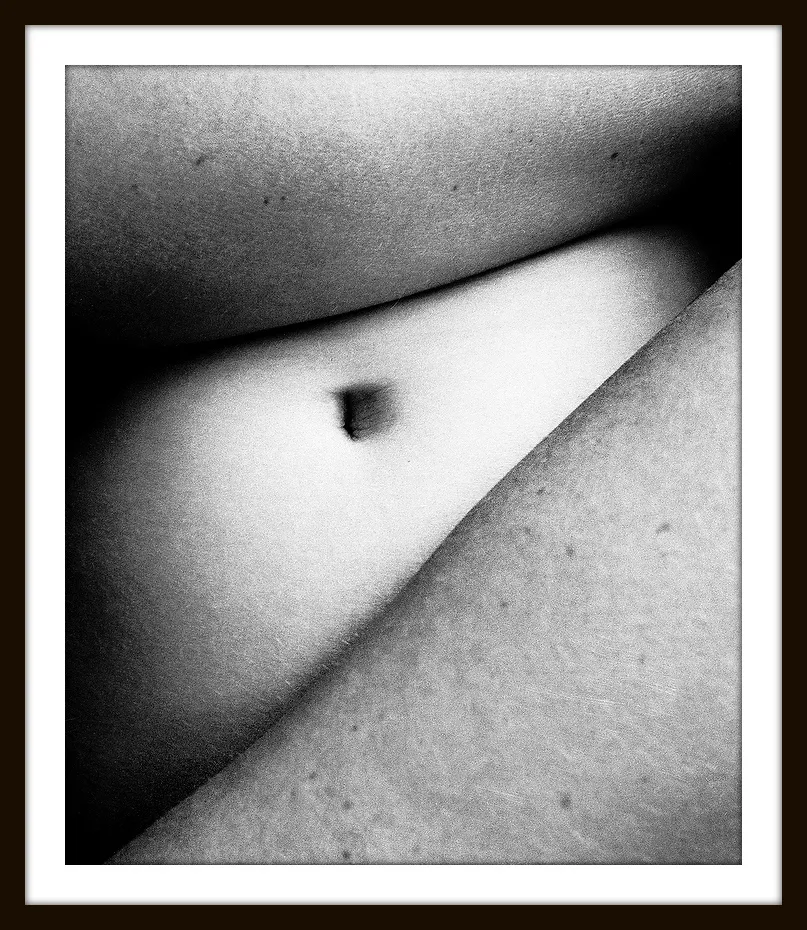
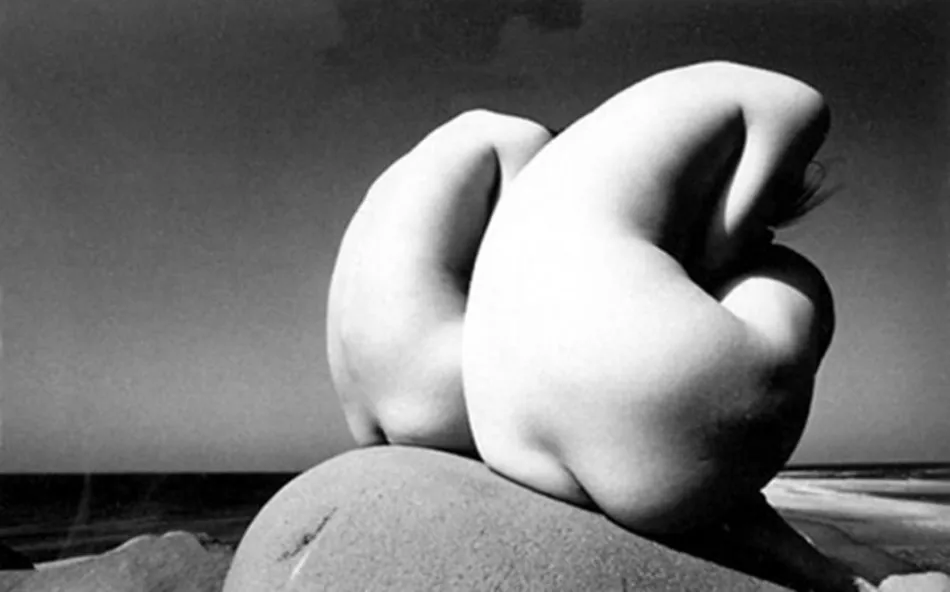
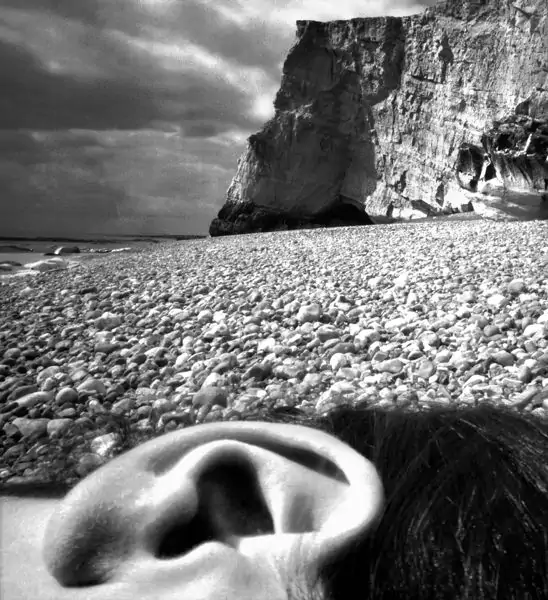
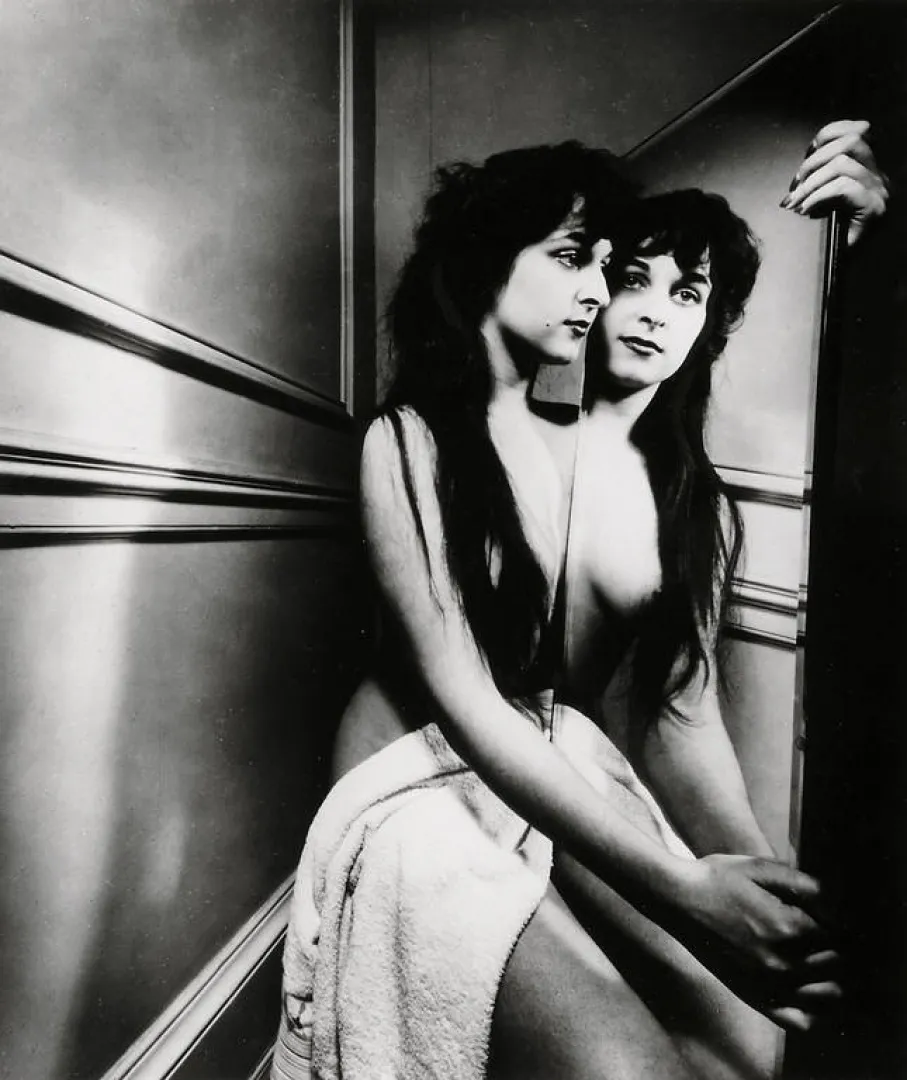
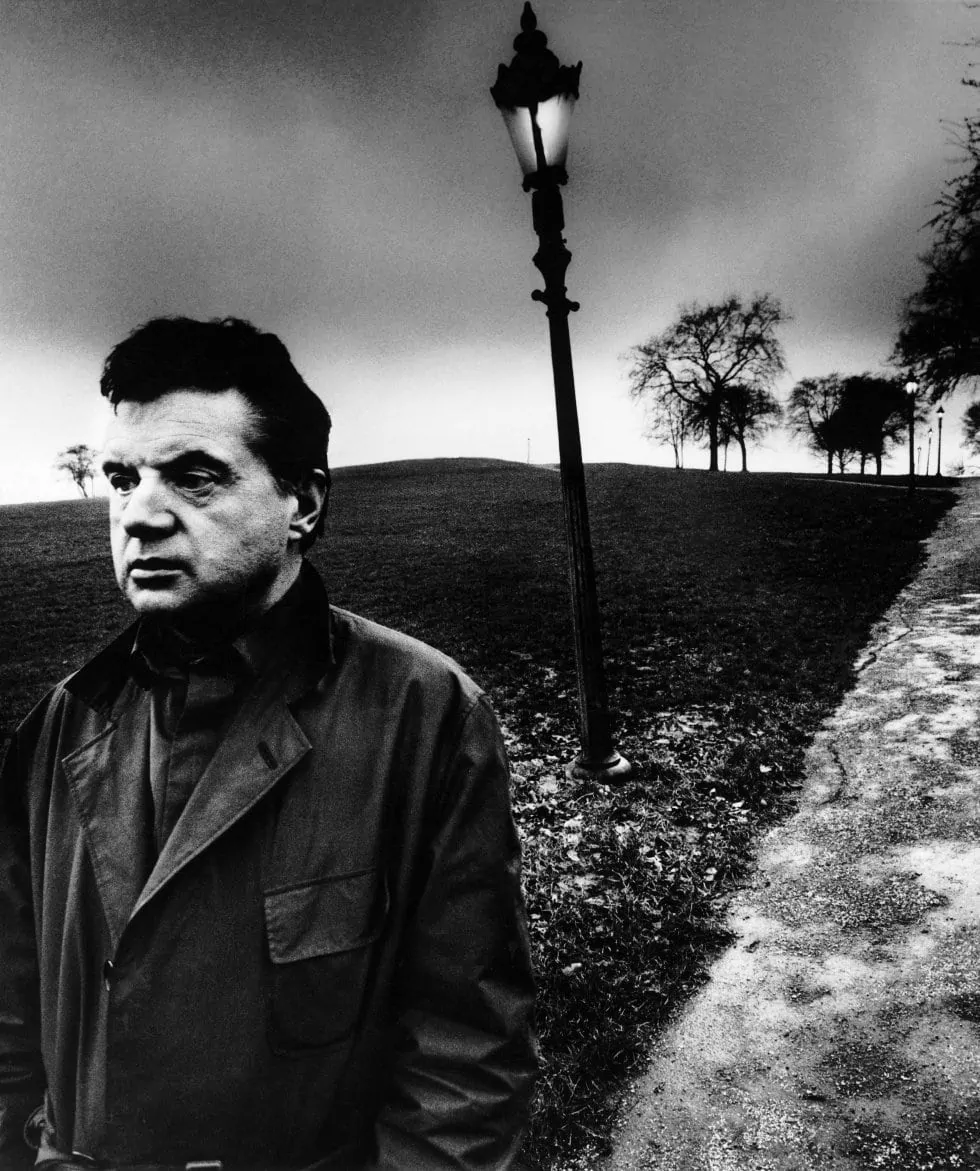
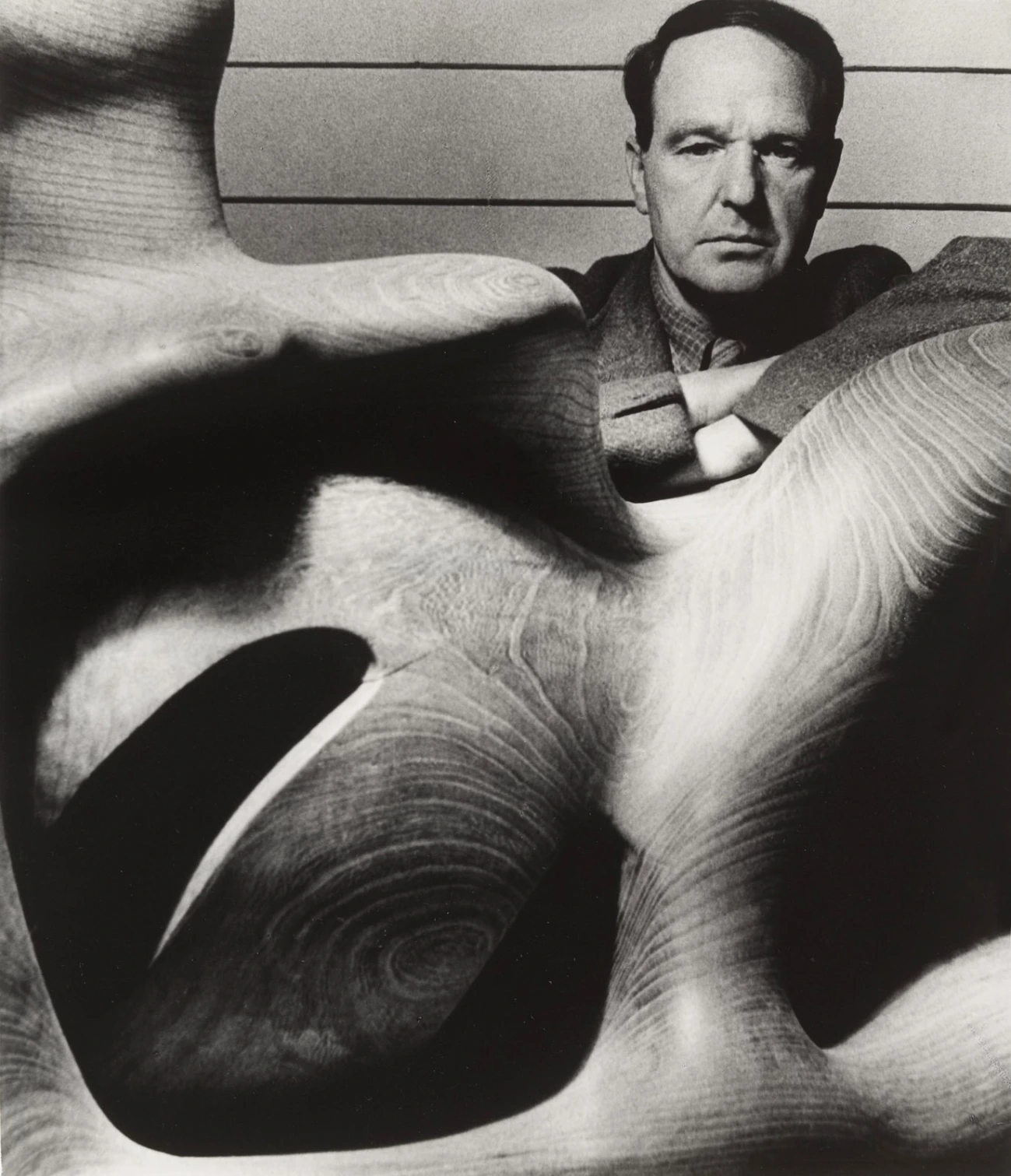
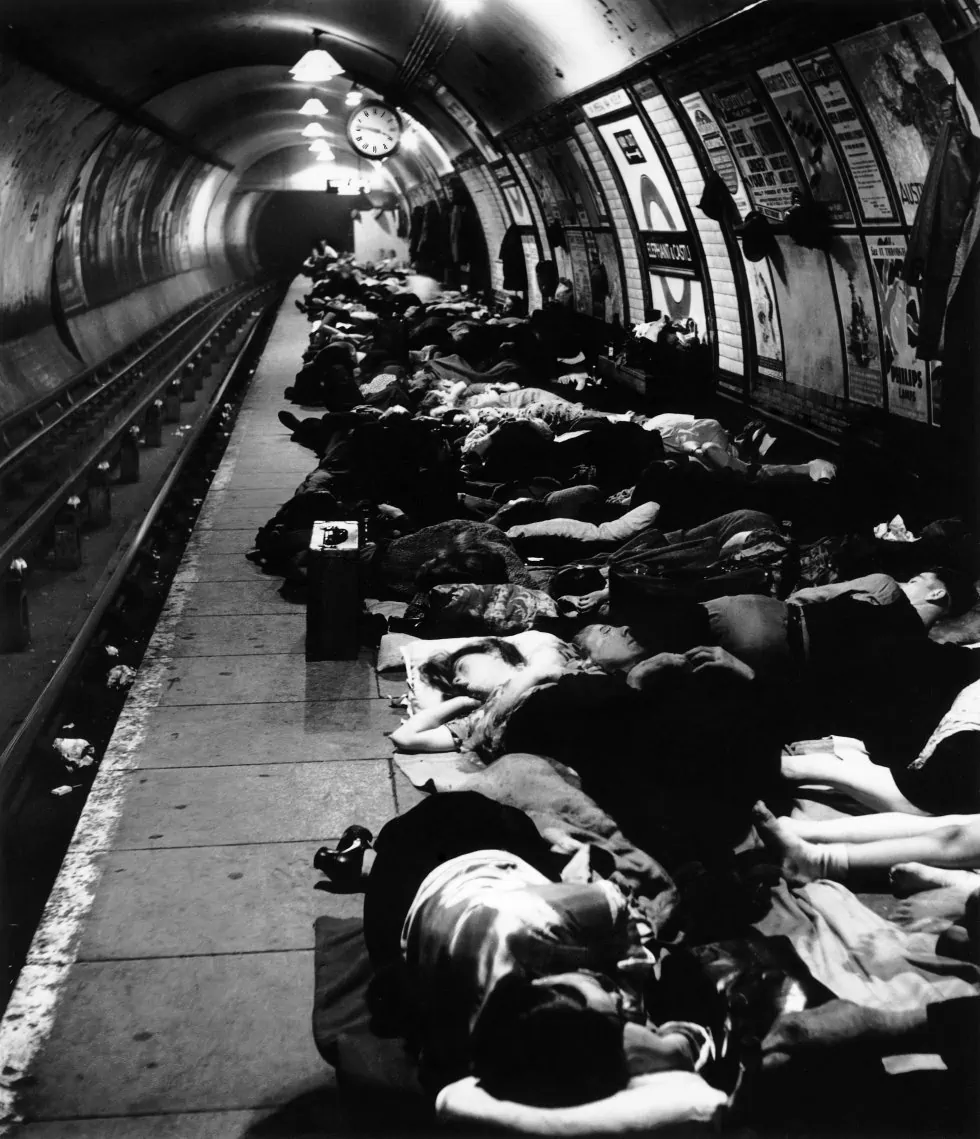
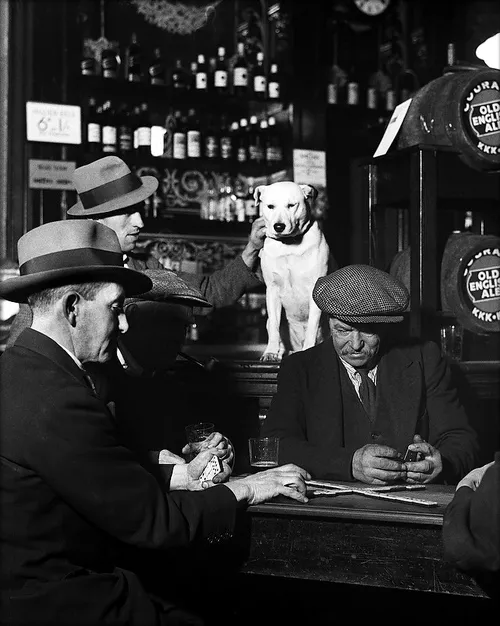
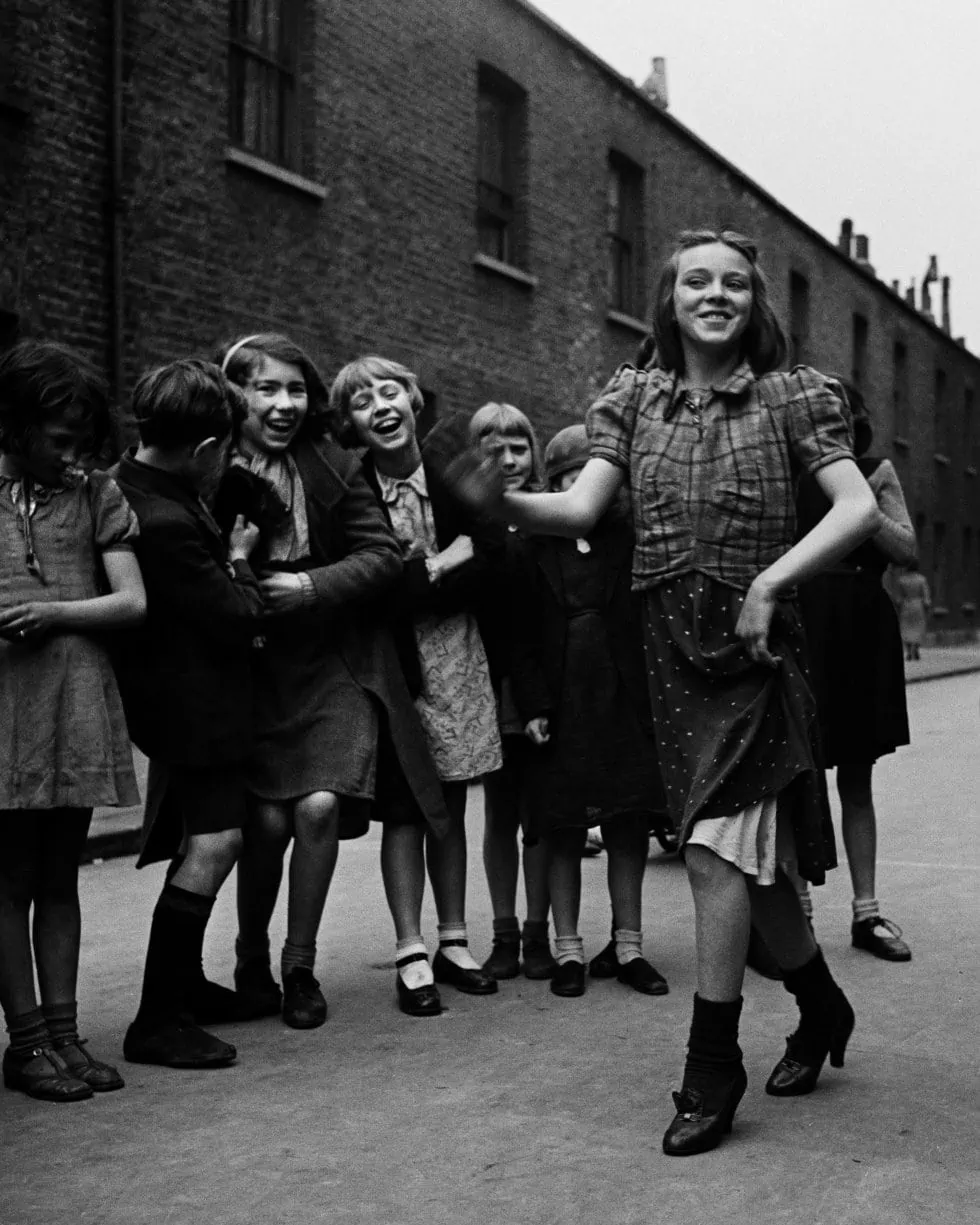
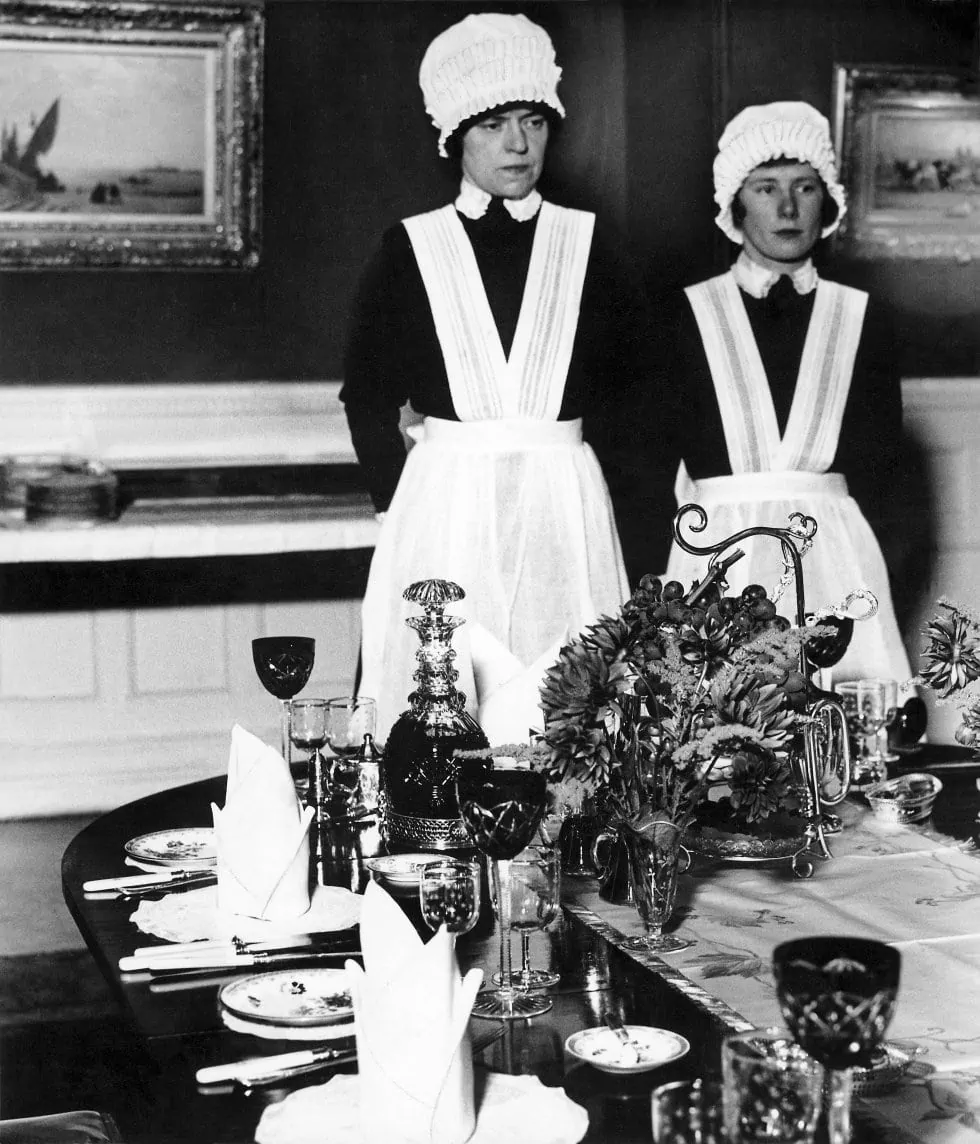
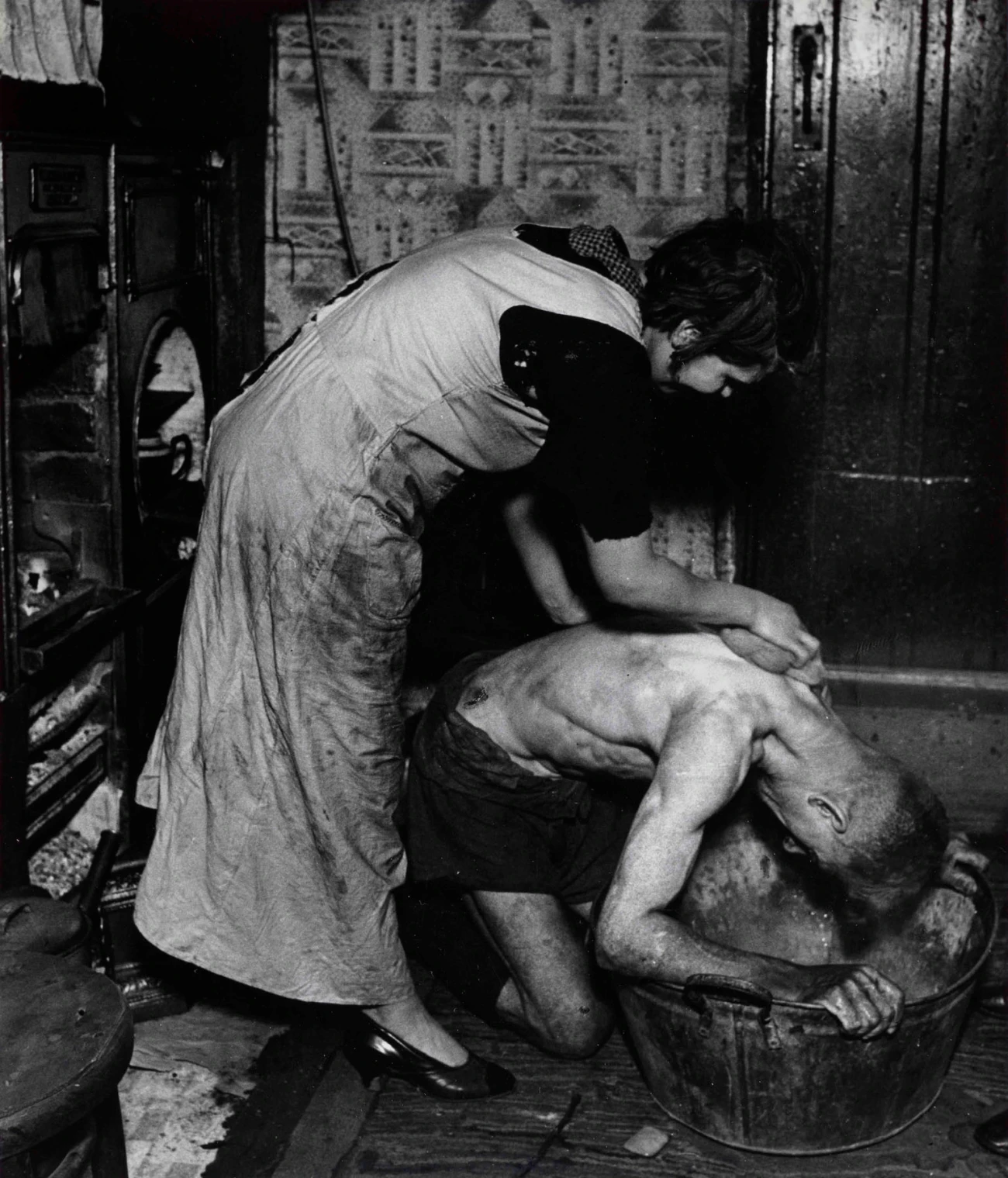
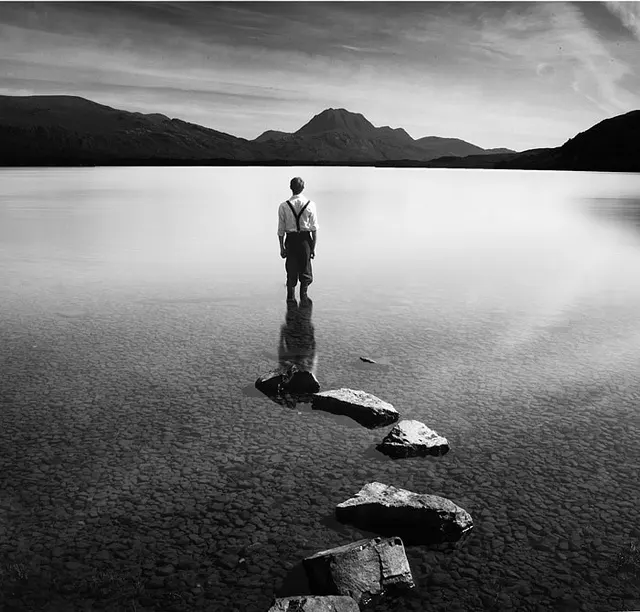
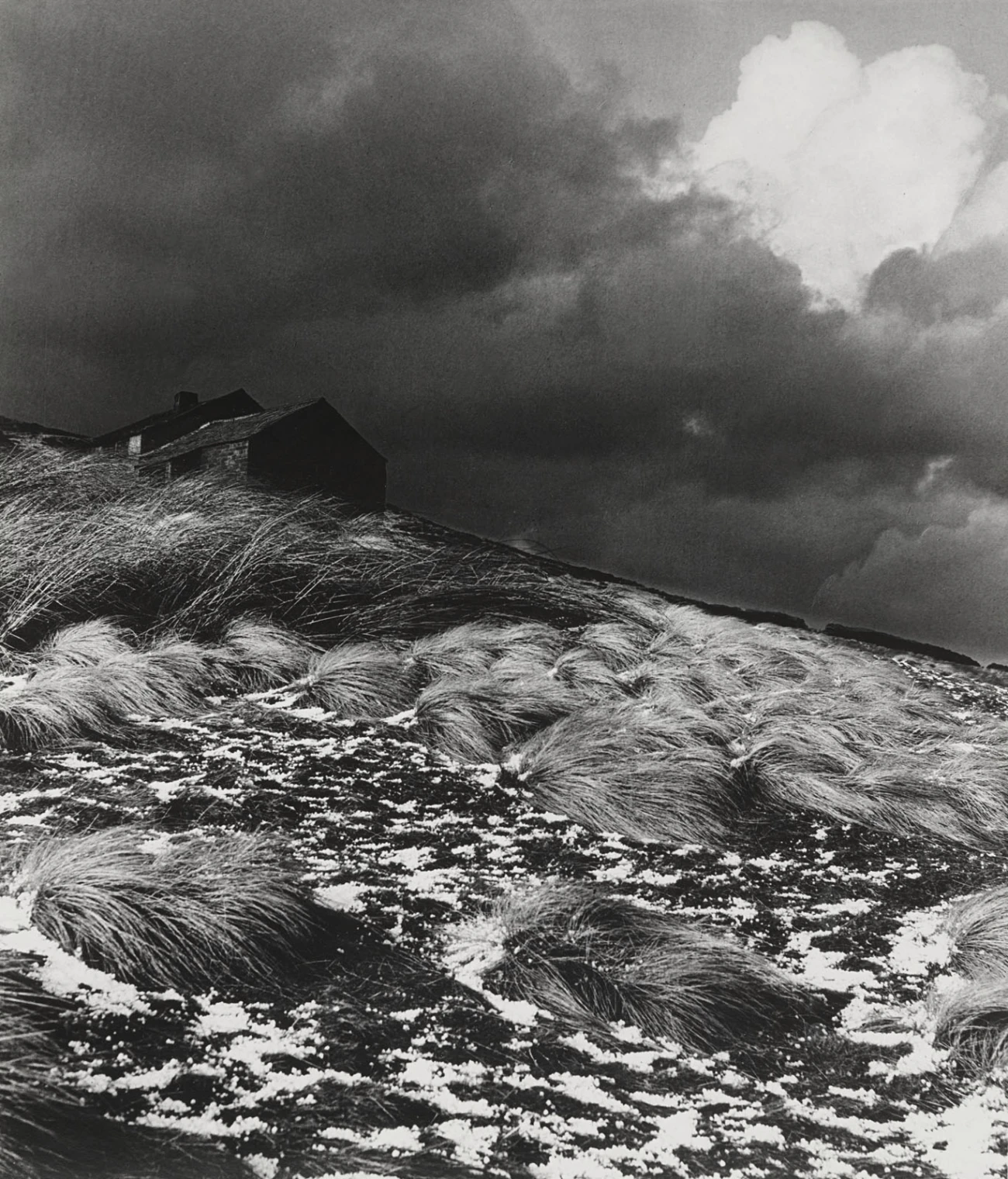
To see more of his work, be sure to visit the webthat collects his photographic archive.
And if what you like is the video format, with music and so on ?, don't miss this, turn up the volume ?:
BOOKS
These are some of the books that are now available to enjoy your work on paper. And there is nothing like seeing a good printed photograph and being able to feel it ??
Bill Brandt. 200 photographs from throughout Brandt's career, documentary, landscape, portrait and nude. 292 pages, 2020 English edition. You can get it for €55.13
Bill Brandt: Exhibition Catalogue. Includes specialized texts and reproductions of all the works on display, courtesy of the Bill Brandt Archive and the Edwynn Houk Gallery in New York: nearly 200 vintage images printed by Brandt, arranged into thematic sections spanning nearly five decades of work. Available for €37.90
Bill Brandt: Shadow and Light. This publication features all of the photographer's work, with particular emphasis on his investigation of English life in the 1930s and his groundbreaking late nudes. Includes an illustrated appendix with stories from his World War II photographs. 208 pages, 2013 English edition. Get it for €53.43
THE ENGLISH AT HOME
The English At Home (1936) is his first book. In it she collects a personal project in which she portrays members of her family who acted as models to fulfill her photographic fantasies.
BILL BRANDT A NIGHT IN LONDON
A Night in London , published in 1938, is perhaps one of Brandt's best-known books. It contains nighttime photographs of London that capture, among other aspects, the enormous class differences in British society.

